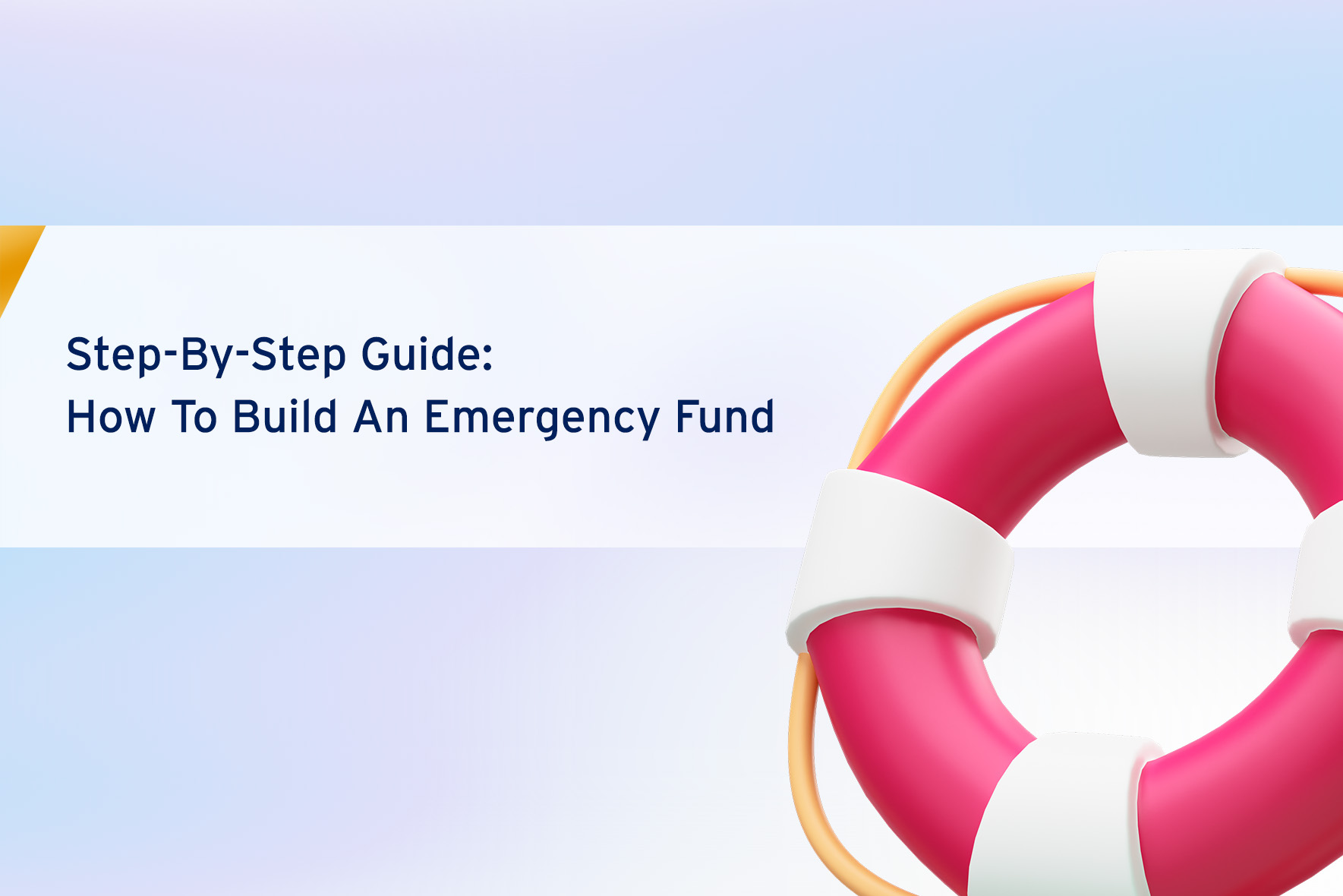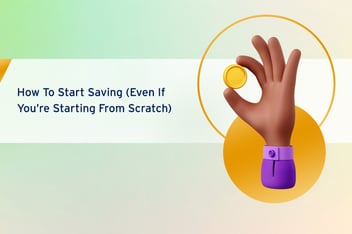
Step-By-Step Guide: How to Build an Emergency Fund
Author Taiwo Temitope-Adesope
If you are really serious about growing your wealth, your first step would be to build an emergency fund.
Emergency funds come in handy in the event of a sudden illness or accident, unexpected job loss, or even an unplanned home or car repair which can devastate your family’s day-to-day cash flow if you aren’t prepared.
If achieving financial freedom is the goal, then having an emergency fund is the lifeline.
What is an emergency fund?
An emergency fund refers to money stashed away that you can use in times of financial distress. The purpose of an emergency fund is to improve financial security by creating a safety net that can be used to meet unanticipated expenses, such as an illness or major home repairs.
Assets in an emergency fund tend to be cash or other highly liquid assets.
This reduces the need to either draw from high-interest debt options, such as unsecured loans or undermine your future security by tapping into your savings.
How do emergency funds work?
You establish an emergency fund when you put away money that is intended to be used during times of financial hardship. This includes unforeseen circumstances like the loss of a job, a debilitating illness, or a major repair to your home or car.
The best size for an emergency fund depends on a number of factors, including your financial situation, number of dependents, lifestyle, and debt.
Many financial advisors recommend saving enough to cover anywhere from three to six months’ worth of expenses, which can help you weather a modest healthcare bill or a short bout of unemployment.
Why do you need an emergency fund?
Emergency funds are good for many reasons. Living without a backup fund is like living life on a fast lane. It is very dangerous.
Some of the reasons why you need an emergency fund include.
-
Keeping your stress level down
When life presents an emergency, it threatens your financial well-being and causes stress.
Being prepared with an emergency fund gives you confidence that you can tackle any of life’s unexpected events without adding money worries to your list.
-
Curbing impulse buying
The saying “out of sight, out of mind” comes to play here. When you store your money in a safe place, you quash the temptation to spend it. If the cash is very close and easily accessible, you may be tempted to use it for something frivolous like items which do not exactly pass for an emergency.
Keeping the money out of your immediate reach means you can’t spend it on a whim, no matter how much you’d like to. And by putting it in a separate account, you’ll know exactly how much you have—and how much you may still need to save.
-
Avoiding bad financial decisions.
There may be other ways you can quickly access cash, like borrowing, but at what cost? Interest, fees, and penalties are just some of the drawbacks. By keeping some money away, you stem the likelihood of making bad decisions.
How to build an emergency fund
There are different strategies to get your savings started. These strategies cover a range of situations, including if you have a limited ability to save or if your pay tends to fluctuate.
If you are serious about building an emergency fund, then the following tips are key.
-
Create a budget
Creating a budget allows you to become more aware of how you spend your money. Start by recording your monthly expenses, all of them. Take stock for at least two months to know which expenses are essential and nonessential.
Once this is clear, you can now look for ways to plan your finances, manage spending, and start setting aside an emergency fund.
-
Measure your emergency fund goal
If you are building an emergency fund to cater for six months of your living, for example, you can determine this by multiplying your total monthly essential expenses by six. The result is your goal.
-
Automate your deposits
Set up direct deposits from your income source into your savings account. Automating deposits simplifies saving, ensures you don’t default, and keeps you on track toward your emergency fund goal.
-
Save unexpected money
Until you have reached your emergency fund goal, save all unexpected income. Unexpected money could come as a bonus, cash gift, tax refund, inheritance, winning a bet, etc.
-
Continue saving
Even after meeting your goal, you should continue saving. Life happens, and sometimes, an unplanned expense can require more than a 6-month emergency fund.
Guard your funds
Now that you have saved up, how do you ensure that it is safe?
There are steps you can take to avoid losing your money.
-
Safety
Emergency funds are meant to take care of you in bad financial times, you cannot be careless with them. Do not put them in high-risk investments where you can lose your capital just because you want to earn returns.
-
Accessibility
The ability to access the money at any time is key. Hold your money where you can quickly withdraw it. Some emergencies may need immediate attention, and you cannot afford to wait on some rigorous withdrawal process.
-
Keep investment and emergency funds separate
Have a clear distinction between funds meant for investment and funds for emergencies. This ensures you have clarity on where to put what.
How to maximise your emergency fund
Beyond just setting money aside to cater for emergencies, you can get the funds to start bearing interest.
What if you never need it? Would you just let it idle away in your savings account while inflation gnaws at it? Situations like that may lead the money to depreciate.
Now that you have your emergency fund, here are ways you can maximise your profit.
-
High-yield savings account
This is the best place to keep your emergency fund. Look for banks (or online banks) that offer easy access and pay a competitive yield.
-
Short-term fixed deposits
You can also open short-term fixed deposits with your bank to prevent spending the money saved in a savings account. Just ensure you understand the terms and conditions before opening them.
-
Liquid mutual funds
Liquid mutual funds invest in short-term fixed-income securities like Certificates of Deposits, Term Bills, etc. They have a slightly higher return than fixed deposits and are more liquid.
Each of these options has its separate rules. It is advisable to not put all your emergency funds in one but split among them as you see fit.
If you don’t already have an emergency fund, start building today! Explore our extensive list of Providers and select the right one for you.
About Author

Taiwo Temitope-Adesope
Taiwo is a passionate storyteller and strategist dedicated to empowering women and crafting compelling narratives. A First-Class graduate in Mass Communication from Covenant University, she specializes in writing, public relations, and digital marketing. As a Content Manager at Suretree, she drove a 50% increase in web traffic through SEO and boosted website engagement by 60% in just four months. Her leadership experience includes serving as Public Relations Officer for the Covenant University Student Council and contributing to impactful volunteer initiatives. With expertise in strategic thinking and business acumen, Taiwo continues to create stories that inspire confidence and imagination.
.png?width=1615&height=444&name=nairaCompare%20Christmas%20Full%20Logo%20(White%20%26%20Yellow).png)
.png?width=1615&height=444&name=nairaCompare%20Christmas%20logo%20(PNG).png)








